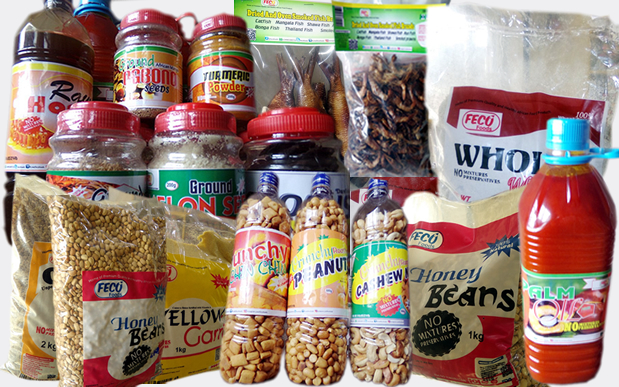Amid increasing food inflation in Nigeria, which is a result of higher pricing for things like bread and cereals, oil and fat, among many other things. December marked the eleventh consecutive month that the global food price index declined.
The Food and Agriculture Organization of the United Nations (FAO) revealed this in its report on the food price index for December 2022, which was released on Friday.
In December 2022, the index, which tracks the prices of 55 agricultural products, averaged 132.4 points, a decrease of 2.6 points (1.9%) from November.
Persistent decline: According to FAO, a sharp reduction in the price of vegetable oils on a global scale, together with some declines in the price of wheat and meat, contributed to the dropping index in December..
“The FAO Food Price Index(FFPI) averaged 132.4 points in December 2022, down 2.6 points (1.9%) from November, marking the ninth consecutive monthly decline and standing 1.3 points (1.0%) below its value a year ago.
“The decline in the index in December was driven by a steep drop in the international prices of vegetable oils, together with some declines in cereal and meat prices, but partially counterbalanced by moderate increases in those of sugar and dairy. For 2022 as a whole, however, the FFPI averaged 143.7 points, up from 2021 by as much as 18 points, or 14.3%.
Cereal Price Index: Prices of grains also dropped, as ongoing harvests in the southern hemisphere boosted supplies and competition among exporters remained strong
“ It averaged 147.3 points in December, down 2.9 points (1.9%) from November, but still 6.8 points (4.8%) above its December 2021 value.
“Wheat export prices fell in December, as ongoing harvests in the southern hemisphere boosted supplies and competition among exporters remained strong. World maize prices also eased month-on-month, mostly driven by strong competition from Brazil, although concerns over dryness in Argentina provided some support.
“World prices of maize and wheat reached new record highs in 2022, averaging, respectively, 24.8 and 15.6% higher than their 2021 averages, while rice export prices were on average 2.9% above their 2021 levels.
“The increase in the FAO Cereal Price Index in 2022 was due to a host of factors, including significant market disruptions, increased uncertainties, higher energy and input costs, adverse weather in a few key suppliers, and continued strong global food demand.
Meat Price Index: The meat index also dropped for the period as but remained 2.8 points (2.5%) above its year-earlier level.
“Averaged 113.8 points in December, down 1.4 points (1.2%) from November, marking the sixth consecutive monthly decline, but remained 2.8 points (2.5%) above its year-earlier level.
“The decrease in the index in December was driven by lower world prices of bovine and poultry meats, partially counterbalanced by higher pig and ovine meat prices.
“ International prices of bovine meat fell, pressured by a higher supply of slaughter cattle in several large producing countries and lacklustre global demand for medium-term supplies. Meanwhile, poultry meat prices declined, as export availabilities were more than adequate to meet import demand for spot supplies, despite production setbacks due to intensified avian influenza outbreaks.
The FAO Meat Price Index averaged 118.9 points in 2022 overall, an increase of 11.2 points (10.4%) from 2021 and the highest annual average since 1990, according to the organization.
Heavy rains that ruined harvests also had an influence on Nigeria’s ability to produce food. From 23.72% in October 2022 to 24.13% in November 2022, food inflation increased. Price hikes for bread and cereals, oil and fat, potatoes, yams, and other tubers, food items, and fish were the main contributors to the rise in food inflation.
The “All items less farm produce’’ Indices or Price inflation, which removes the costs of erratic agricultural products, were 18.24% higher year over year in November 2022.















